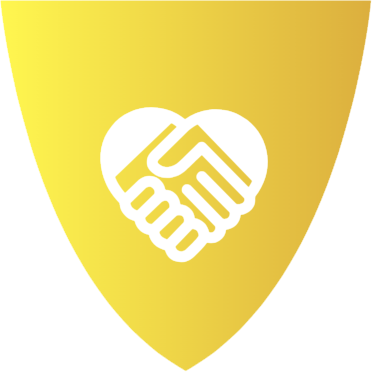In a world where connections often begin with a swipe or a click, taking relationships from online to offline can be both thrilling and daunting. As we venture into the realm of in-person encounters, the importance of personal safety becomes paramount. Whether you’re meeting someone new for coffee or attending a group event, being prepared with essential self-defense tips can empower you to navigate these situations with confidence and peace of mind. In this article, we’ll explore practical strategies to ensure your offline dates and meetups are not only enjoyable but also safe.
Navigating First Encounters with Confidence
First impressions can be daunting, but approaching initial meetings with a sense of security can make all the difference. Start by choosing a public location where you feel comfortable and familiar with the surroundings. This setting not only offers safety in numbers but also provides an easy exit if things don’t go as planned. Share your location with a trusted friend or family member using your smartphone’s built-in GPS feature. This simple step can act as a lifeline if you need immediate assistance.
- Trust your instincts: If something feels off, don’t hesitate to leave.
- Establish boundaries: Clearly communicate your limits and ensure they’re respected.
- Stay sober and alert: Keep your senses sharp by moderating alcohol intake.
- Carry a personal safety tool: Whether it’s a whistle or pepper spray, ensure it’s easily accessible.
By taking these proactive measures, you can focus on enjoying the experience while prioritizing your personal safety.
Spotting Red Flags and Trusting Your Instincts
When meeting someone for the first time, it’s crucial to be aware of subtle cues that might indicate potential issues. Pay attention to behaviors such as excessive secrecy, evasiveness about personal details, or attempts to isolate you from friends or familiar surroundings. These can be red flags signaling that something isn’t quite right.
- Listen to your gut: If something feels off, trust your instincts. It’s better to be cautious than to dismiss your feelings.
- Observe their actions: Actions often speak louder than words. Consistency between what someone says and does is key.
- Stay connected: Keep friends or family informed about your whereabouts and plans, ensuring they know when and where you’re meeting.
Recognizing these warning signs and acting on them can help you maintain control over the situation and ensure your safety. Remember, it’s always okay to prioritize your comfort and well-being.

Creating Safe Spaces and Backup Plans
When planning an offline meetup, it’s crucial to establish safe spaces and have a backup plan ready. Start by choosing a public location where you feel comfortable and have access to help if needed. Coffee shops, parks, or busy restaurants can be ideal choices. It’s wise to let a trusted friend or family member know your whereabouts and schedule, ensuring someone is aware of your plans.
- Share your location: Use apps that allow you to share your real-time location with someone you trust.
- Establish a check-in time: Agree on a time when you’ll check in with your contact to confirm everything is okay.
- Have an exit strategy: Plan how you’ll leave if you feel uncomfortable, whether it’s arranging for a ride or knowing the nearest public transportation options.
Remember, it’s perfectly acceptable to prioritize your comfort and safety above all else. Empower yourself with these strategies to ensure a secure and enjoyable experience.

Mastering the Art of Assertive Communication
Assertive communication is a vital skill when navigating offline dates and meetups. It empowers you to express your thoughts, feelings, and boundaries clearly and confidently. Here are some key elements to consider:
- Use “I” Statements: Clearly express your needs and feelings by starting sentences with “I.” For example, “I feel uncomfortable when…” or “I would prefer if we…”. This approach reduces defensiveness and opens up a more productive dialogue.
- Maintain Eye Contact: Engaging in direct eye contact can convey confidence and sincerity. It helps establish trust and makes your message more impactful.
- Be Aware of Body Language: Ensure your non-verbal cues match your words. Stand tall, keep your arms relaxed, and avoid crossing them, as open body language invites positive interactions.
- Set Clear Boundaries: Be upfront about your limits and expectations. If something doesn’t feel right, it’s okay to say no or suggest an alternative.
Remember, the goal of assertive communication is not to dominate or control the conversation but to foster mutual respect and understanding. By practicing these techniques, you can enhance your self-defense toolkit and create a more positive experience during your meetups.




